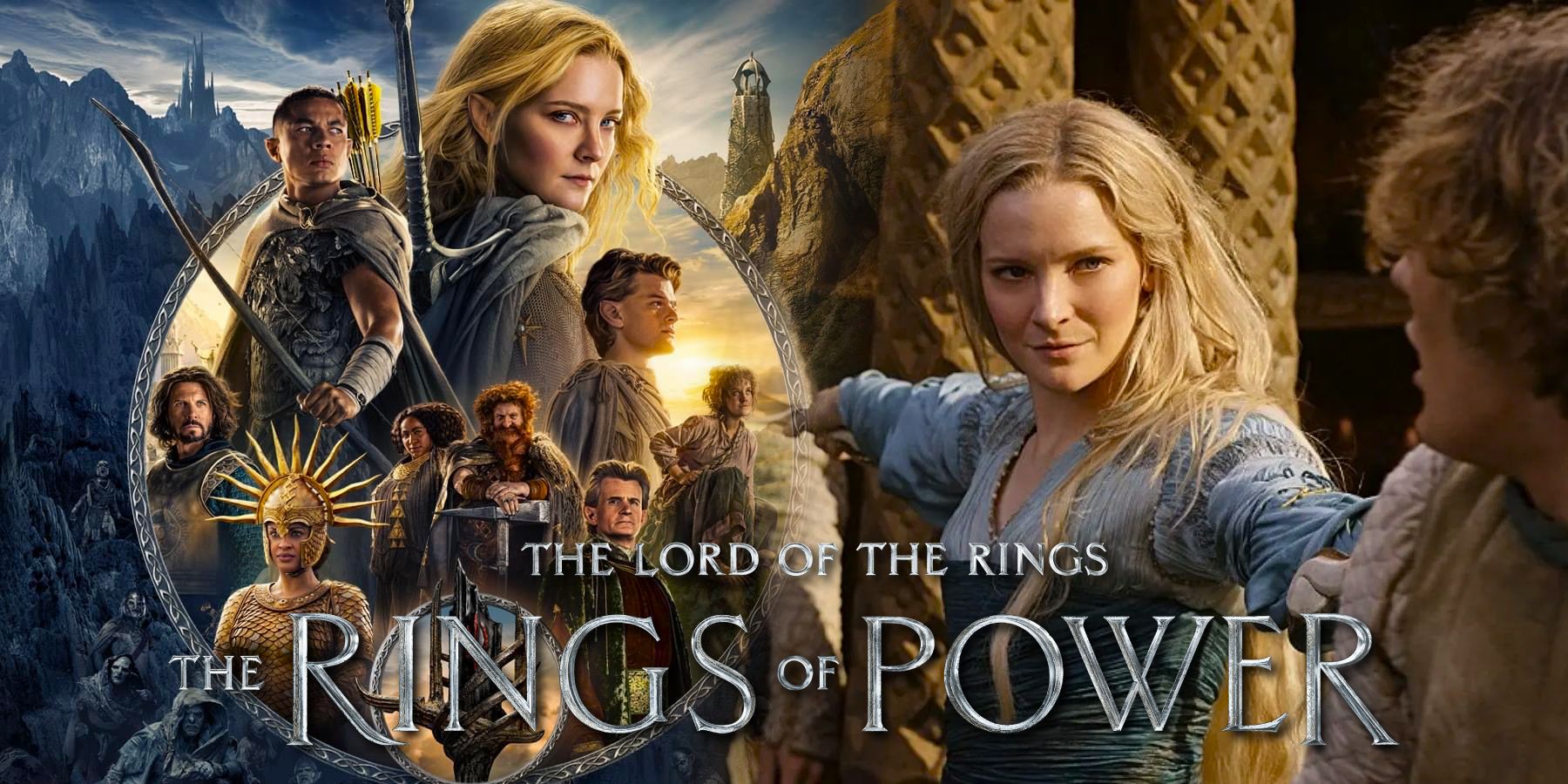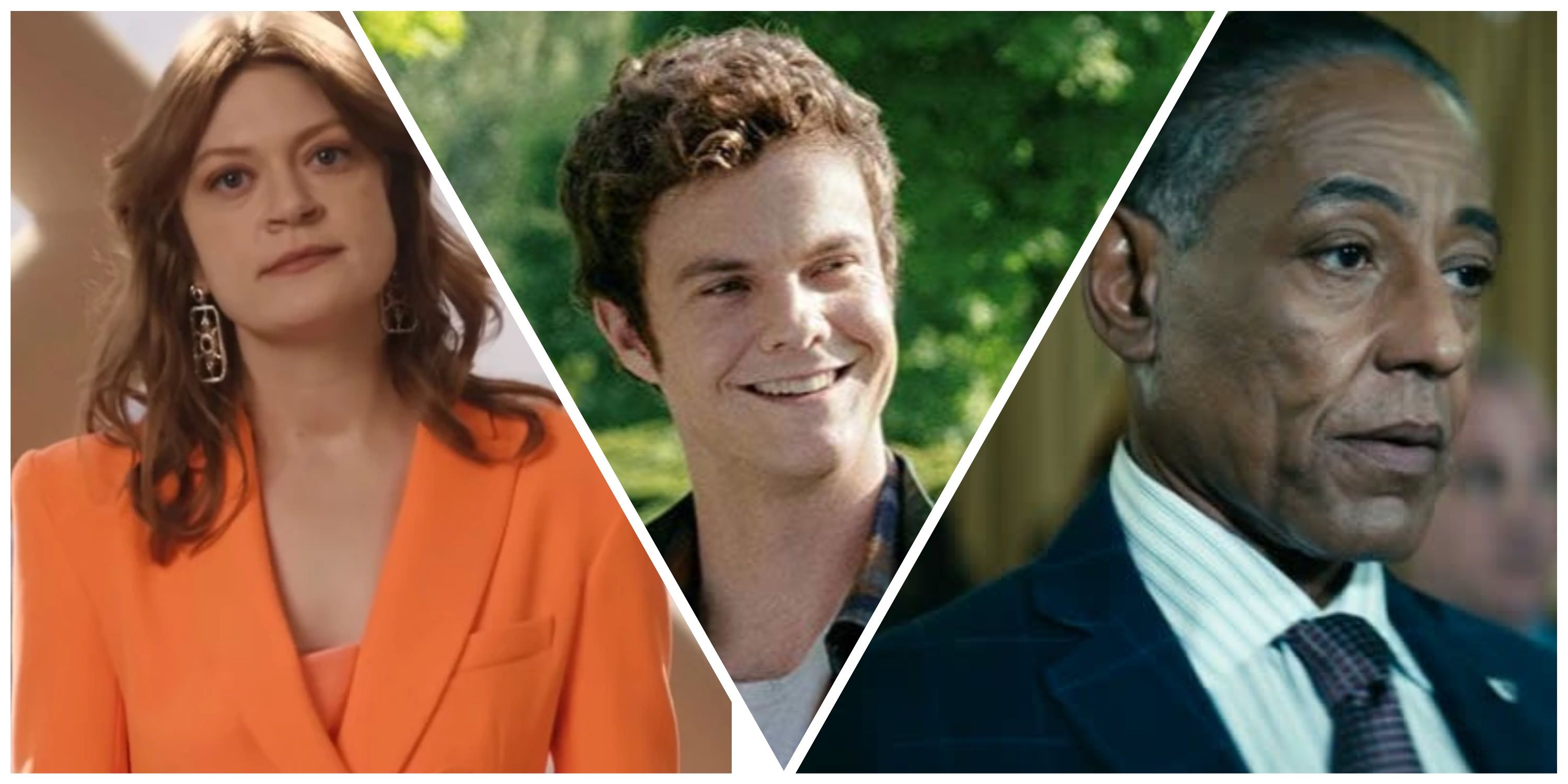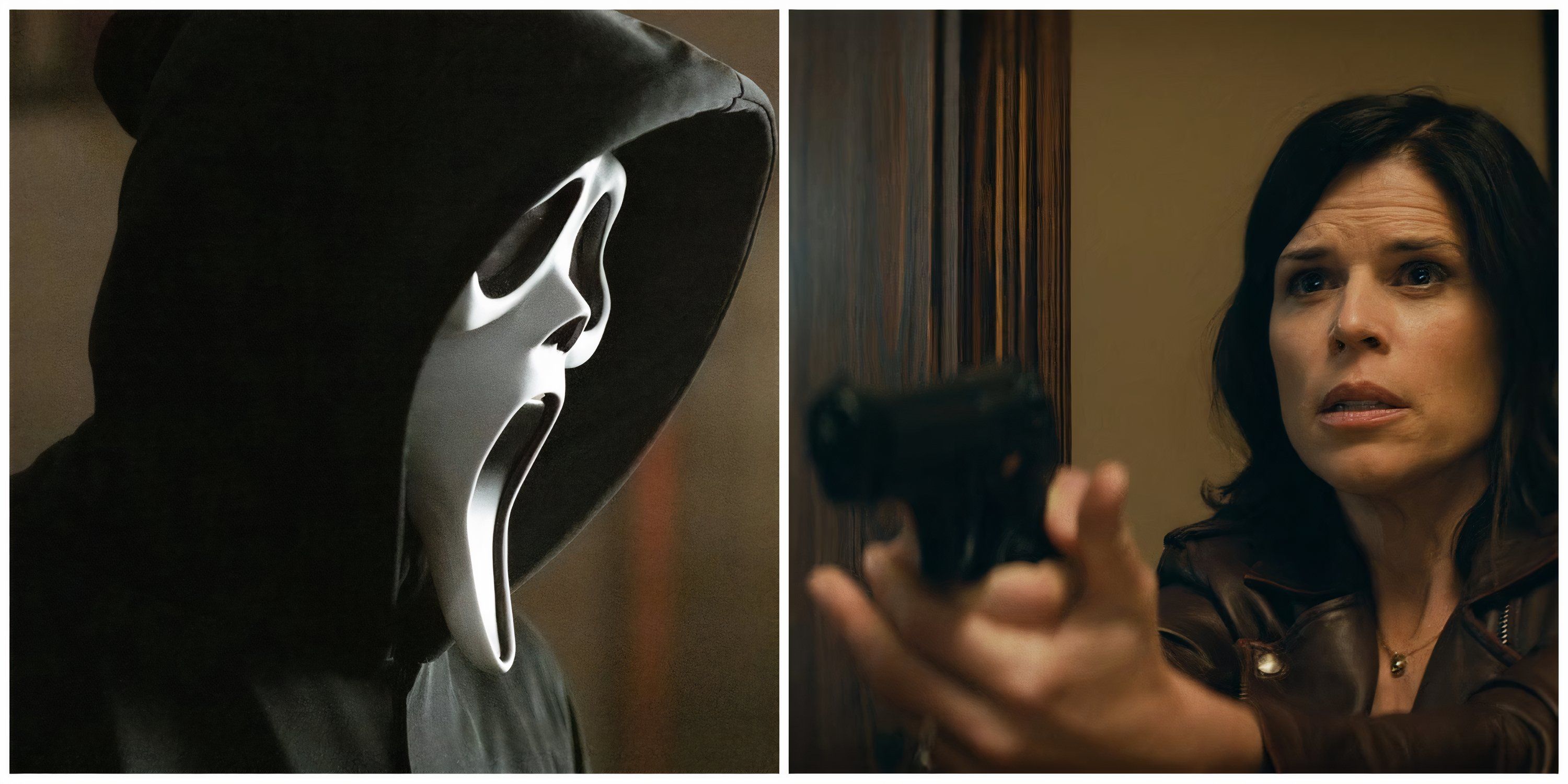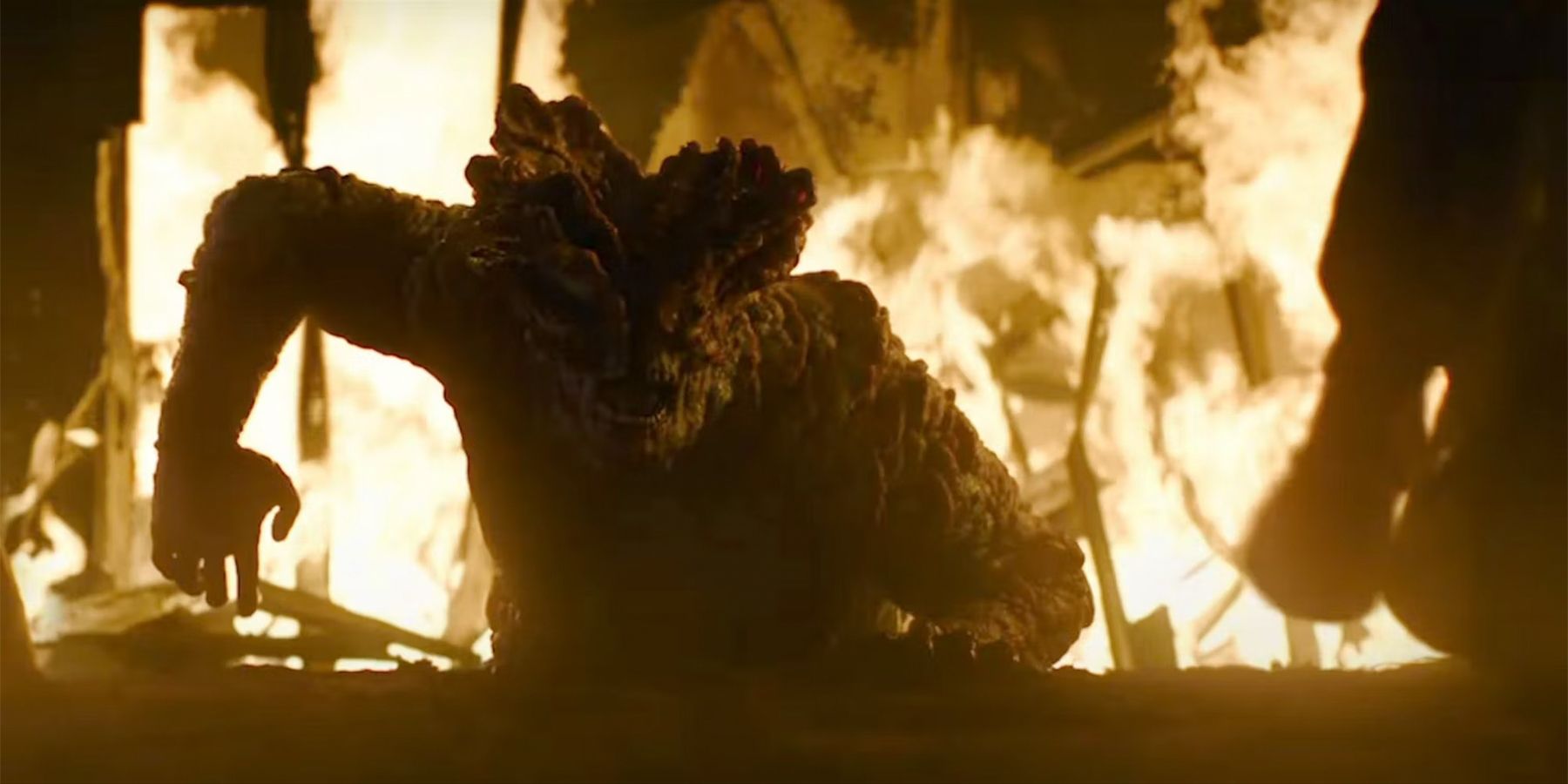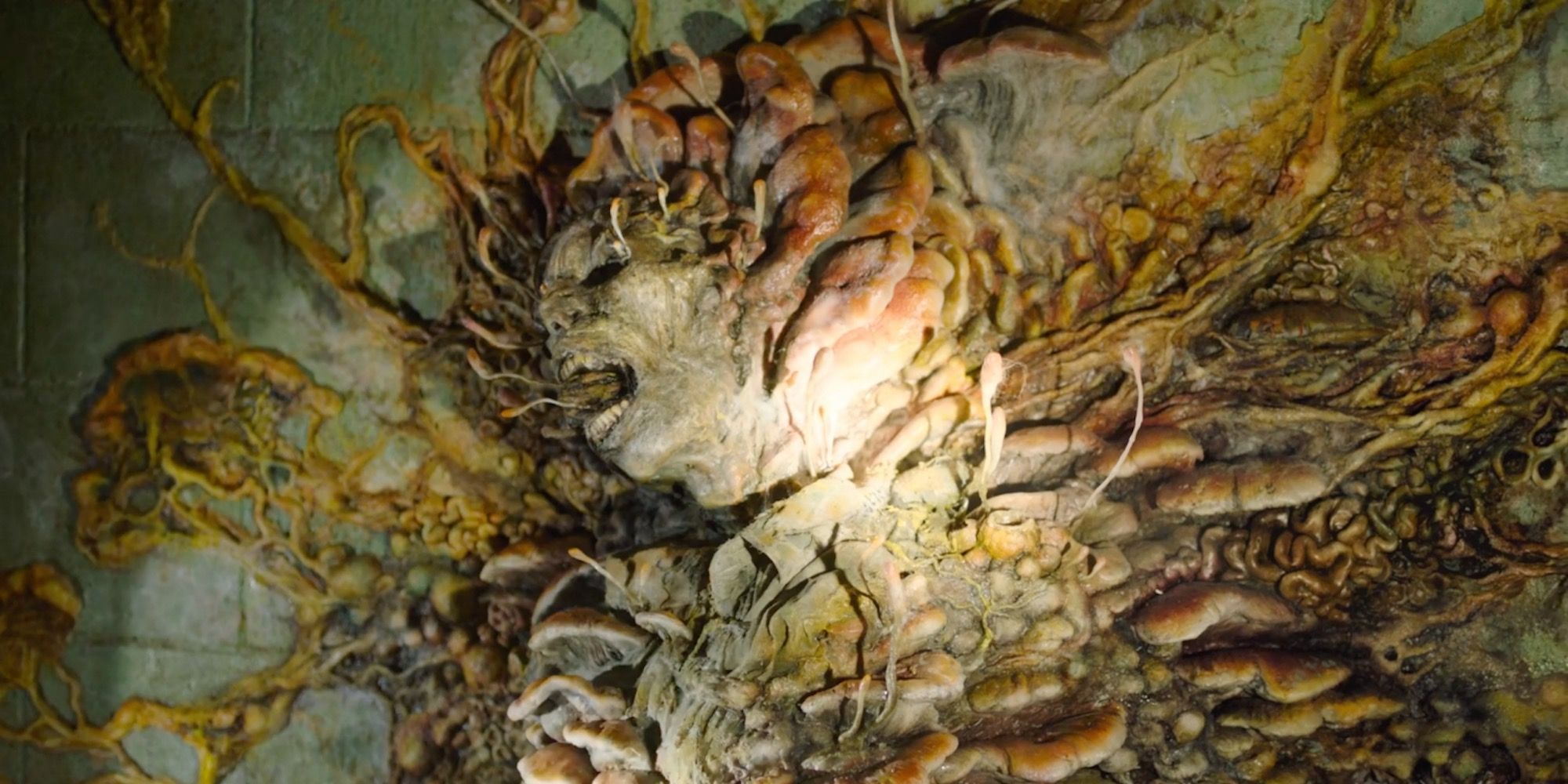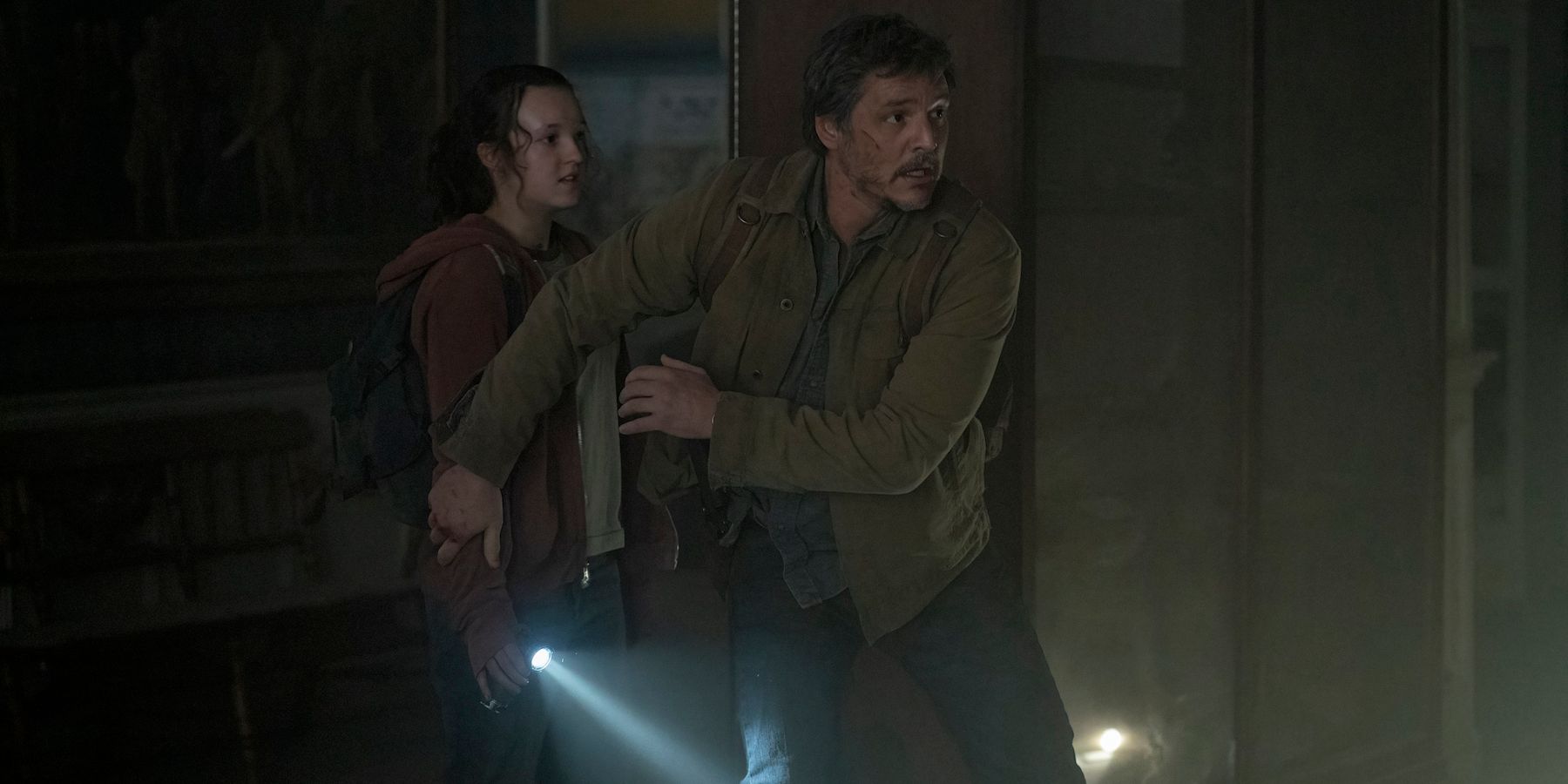Remember when zombies were scary? It seemed like half of horror media was about shambling corpses as recently as a decade ago. Unfortunately, almost every modern example is either an established brand or a parody. The Last of Us never uses the Z-word, but the show does go to great lengths to make their infected the most nightmarish take on the concept in ages.
There's a lot of media that belongs comfortably in the zombie genre despite their firm insistence upon being something else. The most common go-to workaround is some sort of disease, which eschews the underlying supernatural elements of early zombie fiction. The Last of Us is one of the best examples of this trope, but it handles it better than most.
As the show painstakingly establishes in its first few minutes, The Last of Us's principal antagonist is the infected. In 2003, the parasitic Cordyceps fungus underwent extensive evolution to become a danger to humanity. It mutates its host's body, consumes their sapience, turns them into feral monsters, and can be transmitted to others through a bite. It will be very familiar to everyone because it's the same basic idea as zombies. Like most zombie video games, The Last of Us has a selection of special infected with unique superpowers. The show has so far shown off only a couple of those unique infected, but it's done so in the perfect way.
Zombies are simultaneously the most popular iteration of two classic horror concepts; the uncanny valley and body horror. Conceptually, zombies are terrifying, but we've all seen so many of them turned into mulch that they lack impact. They're a disposable mob that looks just enough like human beings to be visually compelling. The Last of Us has the traditional disinterred corpse look, but its central design element is the disgusting fungal growth of the Cordyceps virus. In fiction, the infection progresses through multiple stages of increased unpleasantness. Those stages are visually indicated in the best way possible, by continued physical degradation. As an infected person decomposes, it yields more of its body to mushrooms. The default runner is the most recent convert, and it resembles traditional zombies. After a year or so, the victim becomes a clicker, which is rendered blind, but almost indestructible. These unique evolutions and solid justifications make the infected more visually identifiable.
The encounter with the clickers in The Last of Us's second episode is one of the strongest scenes of zombie horror on screen in recent memory. While the show has and will frequently fall back on stampedes of sprinting corpses crashing onto Joel and Ellie like a flesh tsunami, the real horror comes when they're trapped in an enclosed space with a walking nightmare. One of the problems with video game adaptations is that a lot of the source material is inspired by existing films. Loads of video games sell themselves as movies with gameplay, so removing the gameplay just leaves the audience with something they've already seen. The Last of Us doesn't find an innovative solution to this problem, it's unashamedly derivative of other cinematic works. Instead, it finds the rare brute-force solution by being a really good version of the concepts it took from other media.
In the video game The Last of Us, sneaking around the clickers is tense and compelling. Their design is horrid, and their presence represents a very high cost for any misstep. In gameplay, there are stakes to walking into a room with a monster. The TV adaptation has to build tension and sell a payoff without those stakes. The show succeeds with a lot of the same techniques. Even though the audience is broadly aware that Joel and Ellie will survive the encounter, they're well-realized enough as characters that their suffering is impactful. During the first clicker encounter, the audience often feels themselves inadvertently holding their breath alongside the show's protagonists. It's simple efficient horror filmmaking. Everything from the soundtrack to the visual design sells the horror of the series' infected.
Over the years, zombies became shorthand for dull uncreative horror. Selling anything as "a zombie movie/show" was easy for a few years, then suddenly impossible. That's not to say there aren't some great zombie movies from the last few decades, but the subgenre was buried under a swarm of cheap knock-offs and uninspired trash. The Last of Us doesn't have a brilliant new direction on the concept, it isn't going to revolutionize the genre, and it earns comparisons to the other standout examples. The unique look of the infected and the excellent presentation of the show manages to make zombies scary again through honest hard work. There's no secret here, anyone could've pulled this off with the right mix of talent, drive, and money. The Last of Us is a solid zombie show, and it has no trouble reanimating a primal fear that fell from grace due to overuse. Maybe it'll bring on a second wave of the zombie craze, and we'll all get to watch the concept become stale all over again.

